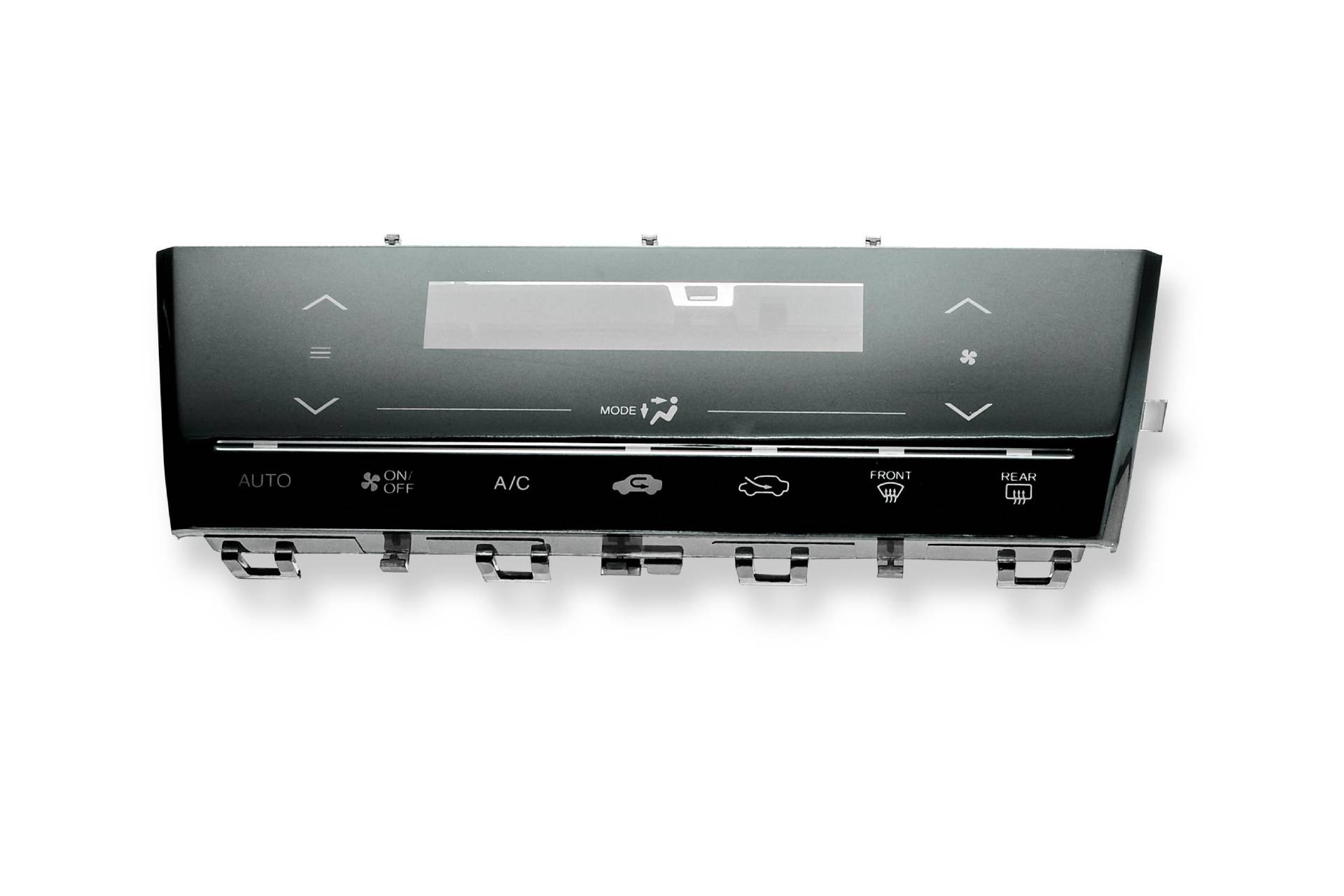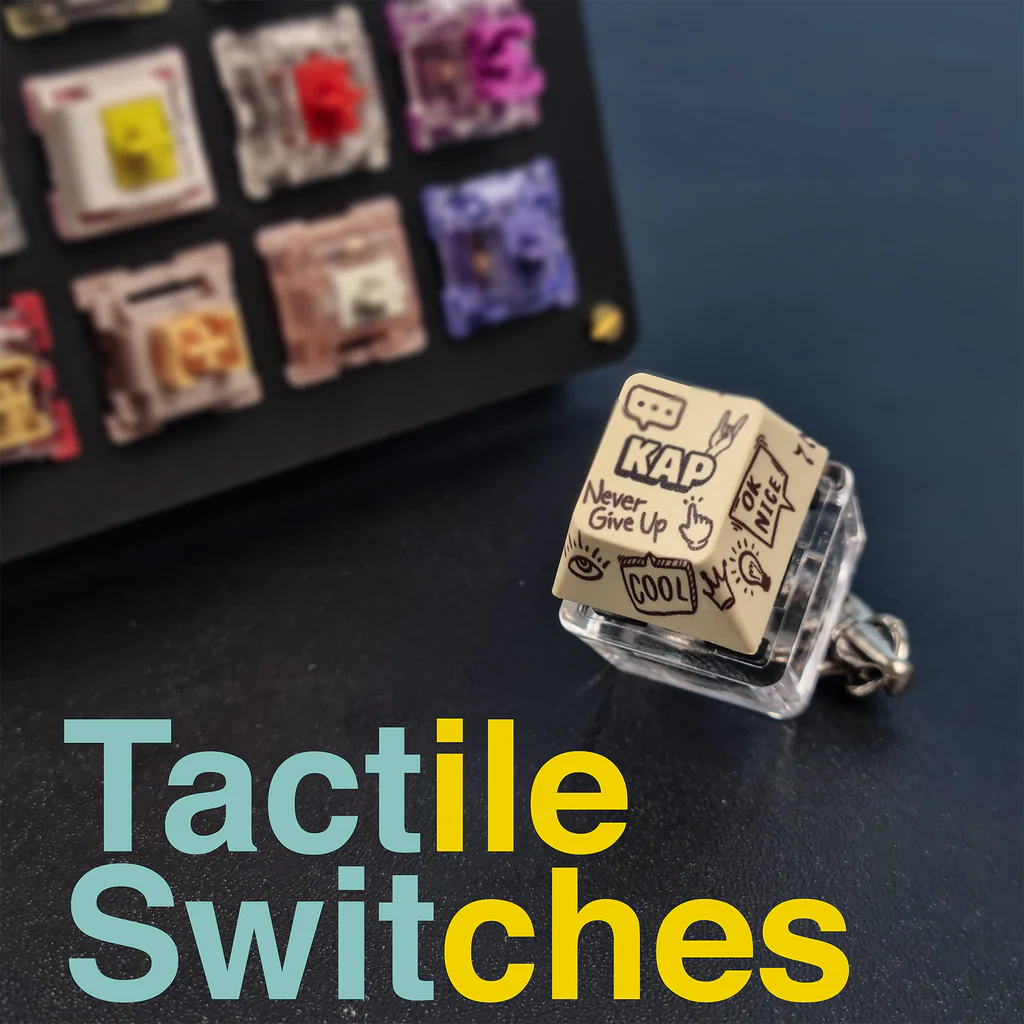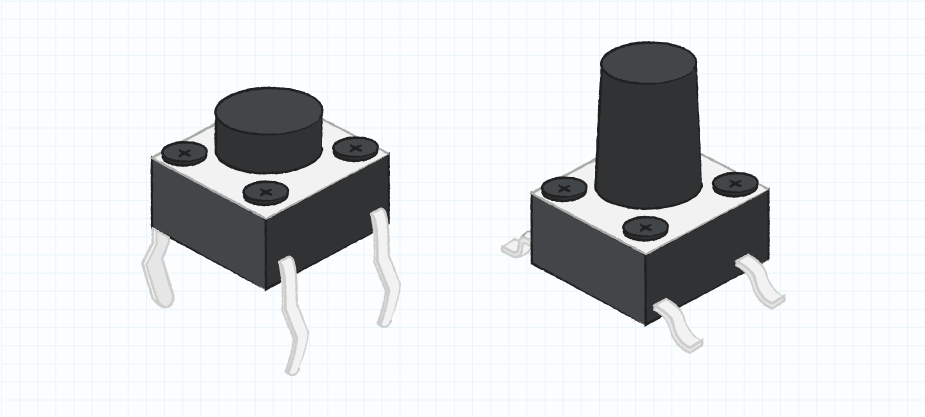Many developers rely on tactile switches to reduce fatigue while typing for long hours.
Recognizing the Benefits of Tactile Switches for Boosted Individual Experience
Tactile buttons are important to contemporary user interfaces, giving physical comments that enhances communication accuracy and individual complete satisfaction. These devices are specifically important in environments where rate and accuracy are critical, such as in pc gaming or professional settings. By providing an unique experience upon activation, tactile switches validate customer inputs without the need to draw away aesthetic interest, streamlining task execution and minimizing error rates. This mix of instant physical response and reliability welcomes more exploration into their wider ramifications and advantages.
Checking Out the Mechanics of Tactile Changes
To understand exactly how tactile switches boost customer experience, it is important to delve into their auto mechanics. Tactile buttons run through a mechanism that individuals can feel and hear when a trick is pushed. This is achieved by including a small dome or bump within the button, which creates resistance at a particular point in the keypress path. When this point is gone beyond, the resistance paves the way, producing a noticeable 'click.' This physical feeling is important as it supplies immediate physical responses to the user, validating that the input has been made without requiring to trigger the button entirely.
The building of these switches varies, but usual materials consist of steel for the contacts and rubber or silicone for the responsive dome - tactile switches. These elements are engineered to hold up against millions of cycles, making sure longevity and regular performance with time. This dependability makes responsive buttons especially preferred in atmospheres that require fast, precise customer input
Exactly How Tactile Comments Improves Accuracy and Speed
Many customers locate that responsive responses from switches considerably enhances both the precision and speed of their communications with devices. The distinct physical feeling provided when a tactile switch is actuated permits users to validate their input without requiring to ascertain aesthetically. This confirmation is vital in settings where attention is split across numerous tasks, as it guarantees inputs are both willful and right.
Additionally, the prompt responses from tactile buttons decreases the time taken between actions. Individuals do not need to push secrets numerous times to guarantee activation, resulting in quicker response times. This effectiveness is especially beneficial in high-speed keying scenarios where each millisecond can add to overall productivity.

Furthermore, the enhanced sensory experience reduces individual fatigue and enhances engagement, making interactions much more intuitive and less prone to errors - tactile switches. Therefore, responsive buttons not just boost the functionality of a device yet likewise add to an extra satisfying user experience
The Duty of Tactile Switches Over in Pc Gaming Performance

Additionally, tactile buttons add to much faster reaction times. The physical sensation verifies the crucial press without the demand to bad the tricks, enabling quicker inputs and a smoother gaming experience. This is especially beneficial in games that require rapid and recurring keystrokes, where rate is Learn More often as crucial as precision.

Responsive Switches in Professional Atmospheres
Responsive switches are equally transformative in professional settings, where performance and ergonomic layout improve efficiency. These switches, commonly located in resource high-precision key-boards, are valued for their responsive feedback. When pushed, they supply a recognizable bump midway with the keypress, confirming activation without the need for complete traveling. This function allows professionals such as typists, designers, and information entrance clerks to increase typing rate and precision, lowering the danger of errors and the strain related to extended keyboard use.
In setups like control areas or workshops, responsive buttons are incorporated into tools for their trusted efficiency. They provide operators the assurance needed in high-stakes atmospheres, ensuring that every command or change is carried out as intended. This dependability, paired with the tactile feedback, helps preserve high degrees of concentration and functional performance, important in keeping process and conference professional requirements.
Contrasting Tactile and Non-Tactile User User Interfaces
Just how do tactile interface contrast to their non-tactile counterparts? The main difference hinges on the comments given to individuals. Responsive interfaces, such as those with physical switches or textured surface areas, visit here offer prompt physical feedback with touch. This sensory response can improve customer accuracy and speed, especially in environments where aesthetic focus should be divided. Non-tactile user interfaces, like those with level touchscreens, rely on visual or acoustic feedback, which may not be as instant or intuitively processed.
The option between tactile and non-tactile user interfaces often depends on the application's context and customer requirements. Tactile user interfaces are very useful in circumstances calling for procedure without direct line of view, such as driving or in specific industrial setups.

Final Thought
To conclude, tactile buttons significantly improve user experiences by supplying essential physical comments. This responses enhances precision and rate in both gaming and expert setups, minimizing the likelihood of mistakes and individual exhaustion. By providing a more instinctive and satisfying communication, tactile switches prove above non-tactile interfaces, making them a preferred option for individuals seeking reliability and efficiency in their communications with modern technology. Inevitably, these buttons represent an important development in interface style.